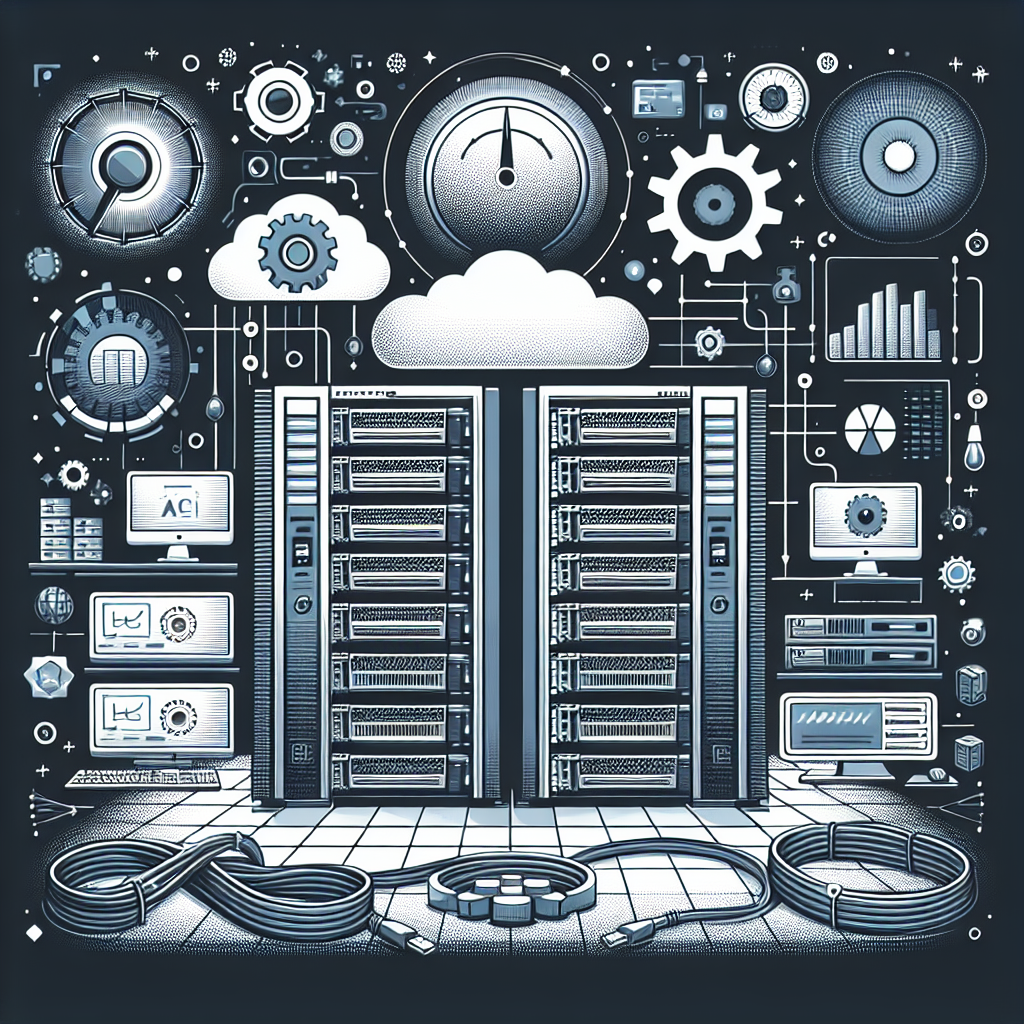Best Practices for Efficient Data Center Facilities Management
In today’s digital age, data centers are the backbone of the modern business world. These facilities house the servers and equipment that store and process the vast amounts of data that organizations rely on to operate. Efficient data center facilities management is crucial for ensuring that these facilities operate smoothly and effectively. Here are some best practices for managing data center facilities efficiently:
1. Regular Monitoring and Maintenance: Regular monitoring and maintenance of data center equipment and systems are essential for preventing issues before they arise. This includes conducting regular checks on cooling systems, power distribution units, and backup generators to ensure they are operating at peak efficiency.
2. Utilize Data Center Infrastructure Management (DCIM) Software: DCIM software can help data center managers track and manage the physical infrastructure of the facility, including power usage, cooling systems, and server locations. This software can provide valuable insights into the performance of the data center and help identify areas for improvement.
3. Implement Energy-Efficient Practices: Energy efficiency is a key consideration for data center facilities management. Implementing energy-efficient practices, such as using hot aisle/cold aisle containment, optimizing server utilization, and utilizing energy-efficient cooling systems, can help reduce operating costs and minimize the environmental impact of the data center.
4. Disaster Recovery Planning: Developing a comprehensive disaster recovery plan is essential for ensuring the continuity of operations in the event of a disaster. This plan should include protocols for data backup and recovery, as well as procedures for restoring operations in the event of a disruption.
5. Regular Capacity Planning: Regular capacity planning is crucial for ensuring that the data center can accommodate the growing needs of the organization. This includes forecasting future capacity requirements, identifying potential bottlenecks, and developing strategies for scaling up the facility as needed.
6. Document and Standardize Processes: Documenting and standardizing processes within the data center can help streamline operations and improve efficiency. This includes creating standard operating procedures for routine tasks, such as equipment maintenance and troubleshooting, to ensure consistency and reliability.
7. Training and Development: Investing in training and development for data center staff is essential for ensuring that they have the skills and knowledge needed to effectively manage the facility. Providing ongoing training on new technologies and best practices can help improve the performance of the data center and reduce the risk of downtime.
By following these best practices for efficient data center facilities management, organizations can ensure that their data centers operate smoothly and effectively, supporting the needs of the business while minimizing operational costs and risks.


